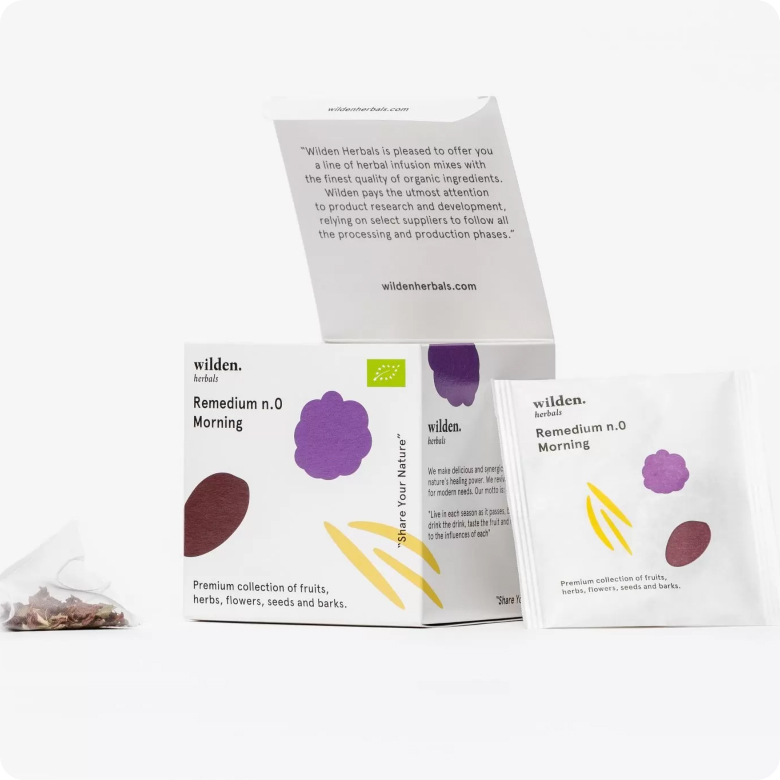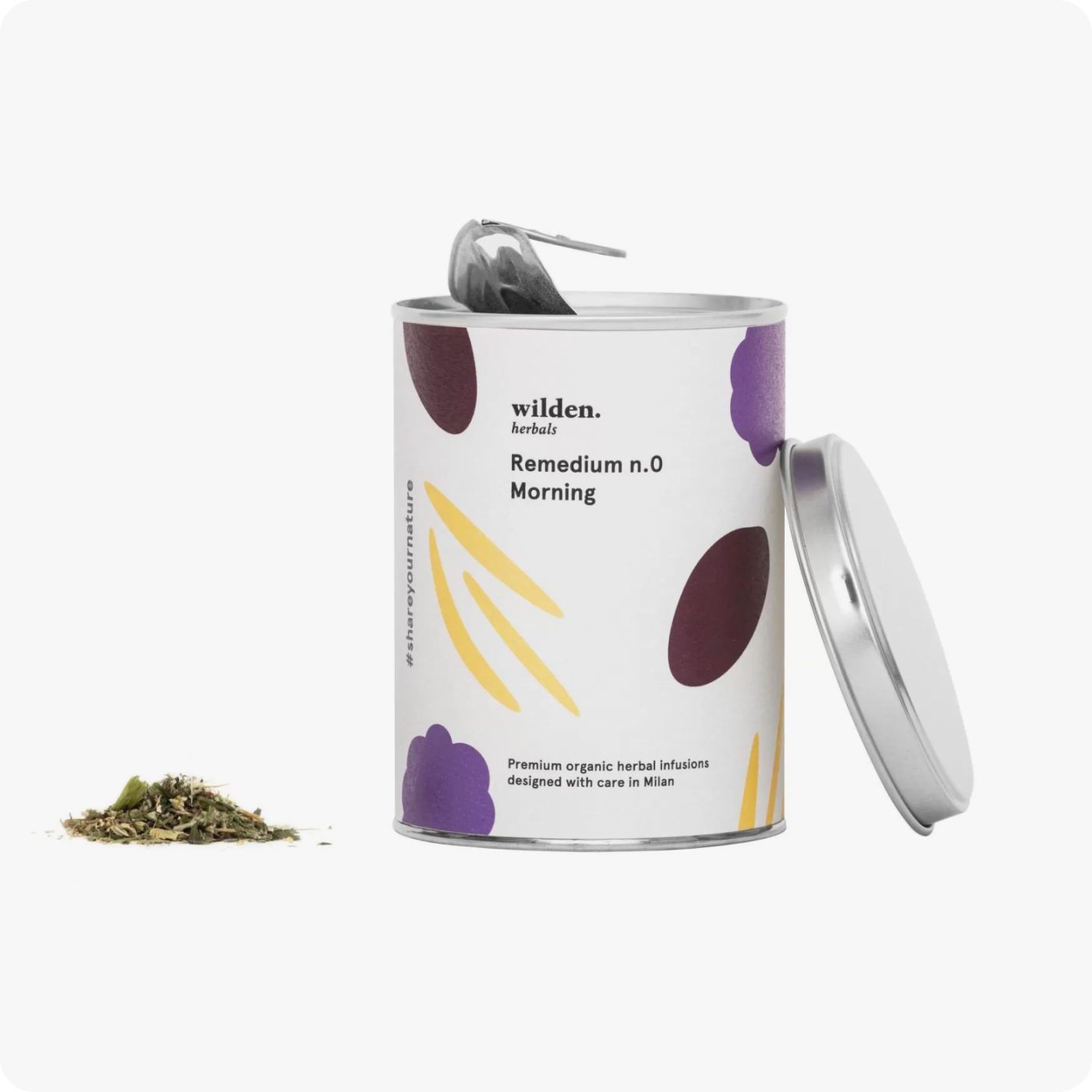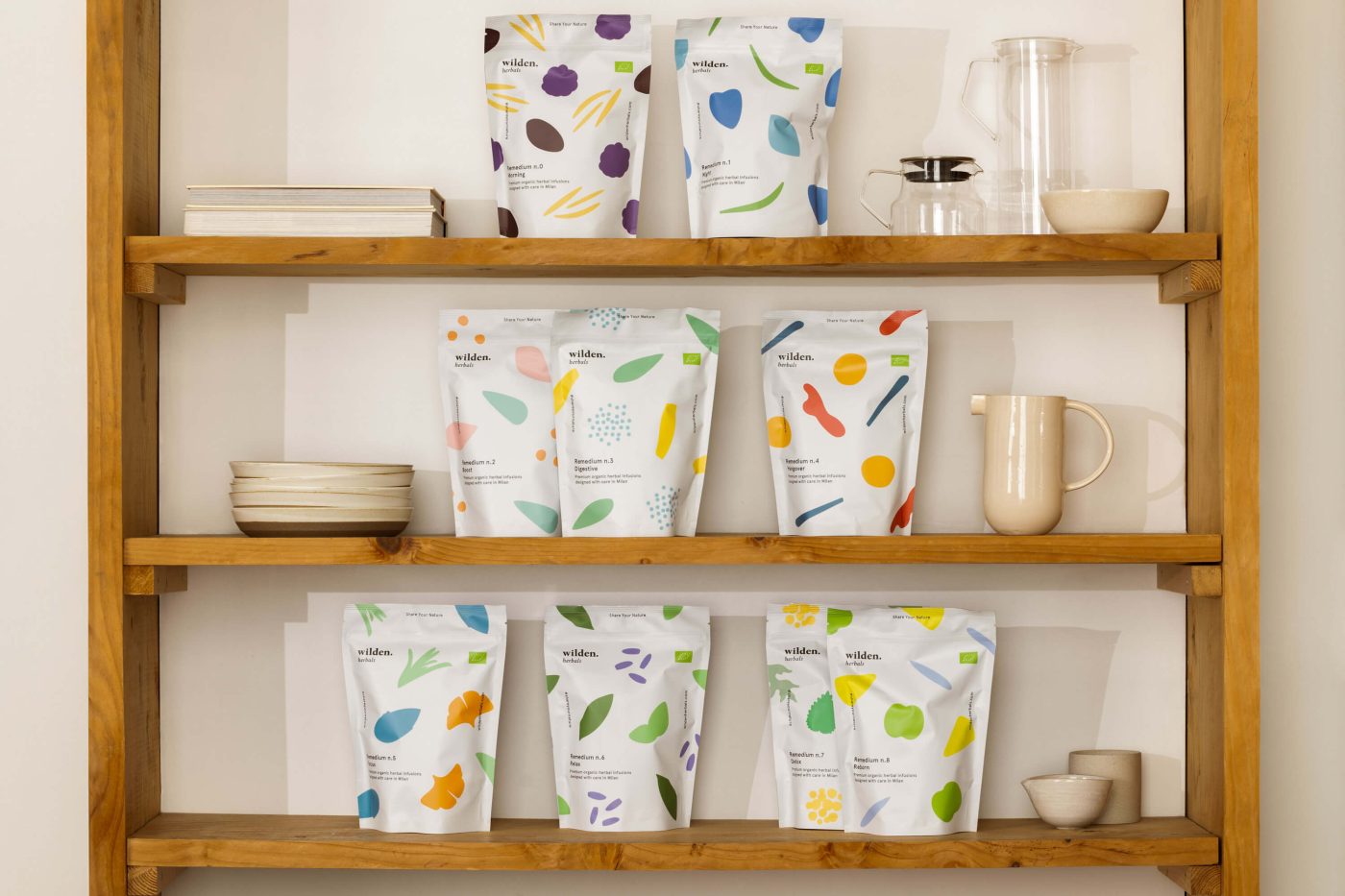Thyme, fragrance, flavor and well-being gathered in one plant
A hardy plant that has found its place in the gardens and balconies of Mediterranean countries because of its ease of cultivation, its aromatic properties, and its many benefits for the body and mind.
Thyme: botanical anatomy
The genus Thymus belongs to the Lamiaceae family and includes about 350 species, including the one of interest to us for its therapeutic and aromatic properties, the Thymus vulgaris.
Thyme is a small aromatic evergreen shrub that grows very slowly reaching a maximum of 50 cm. It has a woody stem at the bottom and branched to form very compact bushes. The leaves, in almost all species, are small and elongated with a coloration varying from deep green to silvery gray, covered with dense down.
The flowers are white tending to pinkish in color, and their pollination is entomophilous, meaning that it occurs through the transport of pollen grains by insects, and in this particular case it is mainly the work of bees. Its flowering period begins in spring and continues throughout the summer. The best time to harvest it, which is largely still done by hand, is just before flowering. Unlike many other herbs, drying thyme in the field, outdoors in the sun is not recommended, as it causes a decrease in quality, which is why hot air dryers are generally used.


Thyme: origin and habitat
Thyme is native tocentral and southern Europe, territories where it still grows wild everywhere, adapting to any environment. It is not, in fact, a particularly demanding plant: it is not afraid of drought and adapts to any type of soilalthough it prefers light, calcareous, drained and sunny soils.
In Italy it can be found mainly in areas near the Mediterranean but reaches up to mountainous areas. Several species known by more or less official nicknames grow in our country, such as pepolino from Tuscany andbarona grass in Sardinia.
Thyme: properties and benefits
The virtues of thyme are related to the presence of a particular substance: thymol, one of the most powerful natural antibiotics with antiseptic, antibacterial and antispasmodic properties.
La pianta e il suo olio essenziale stimolano il sistema immunitario e sono indicati per la prevenzione e la cura di raffreddori, bronchiti, tosse, tonsilliti, ascessi, dolore e tensione delle articolazioni. In aromaterapia è conosciuto come un toccasana non solo per il corpo ma anche per la mente, perché aiuta a rilassarsi, donando conforto e sollievo. Ecco perché l’abbiamo scelto per il nostro Remedium n.6 – Relax, l’infuso che ti aiuta a rallentare il ritmo dedicato ai momenti di riposo e benessere. Da gustare durante una pausa dal lavoro o prima di cena, è la tisana che ti consentirà finalmente di ‘cogliere l’attimo’.
Thyme: how to use it
Thyme is an extremely versatile plant. It is found well in cooking to flavor meats, fish, vegetables or to flavor liquors. In addition, of course, to classic decoctions and herbal teas. In fact, some people even use it in place of coffee!
A close look at the labels of bath productsreveals that it is also widely used in beauty and body care products. It can be found in face creams for an invigorating effect, in preparations for foot baths to achieve a defatting action, and in shampoos to bring the sebum level of the skin back to normal.
Thyme: curiosities
- In Middle Eastern countries, thyme is an essential element in zaatar and dukkah, herb mixtures used as seasonings for meat and bread that also include coriander, cumin, pepper, and sesame.
- Because of its antiseptic and antimicrobial properties, thyme was used by the ancient Egyptians for the embalming process and preparation of mummies.
- Castor Durante, a Renaissance physician, botanist, and poet, writes in his Herbario Nuovo that thyme cooked in wine was used to cure infections, relieve asthma attacks, and heal poisonings.

Bibliography
- Andrea Papini & Valentina Baronti, The Art of Eating Wild. The use of wild herbs in folk tradition. Sarnus, 2022
- Adriana Bonavia Giorgetti, The art of cultivating the garden and oneself. Thank you bridge, 2015
- Andrea Pieroni & Barbara Torresan, Gastronomic Atlas of Herbs. Slow Food, 2017







